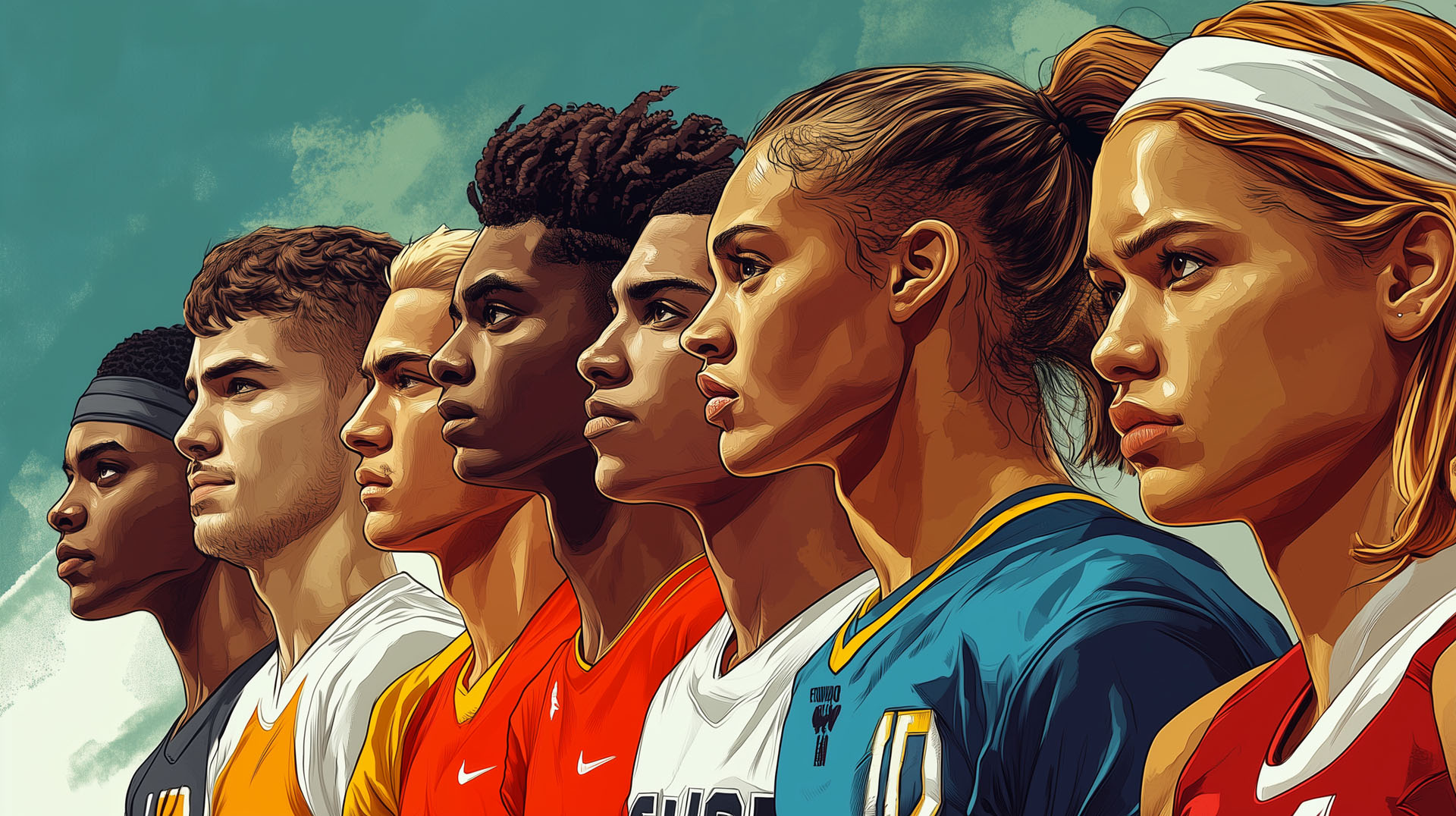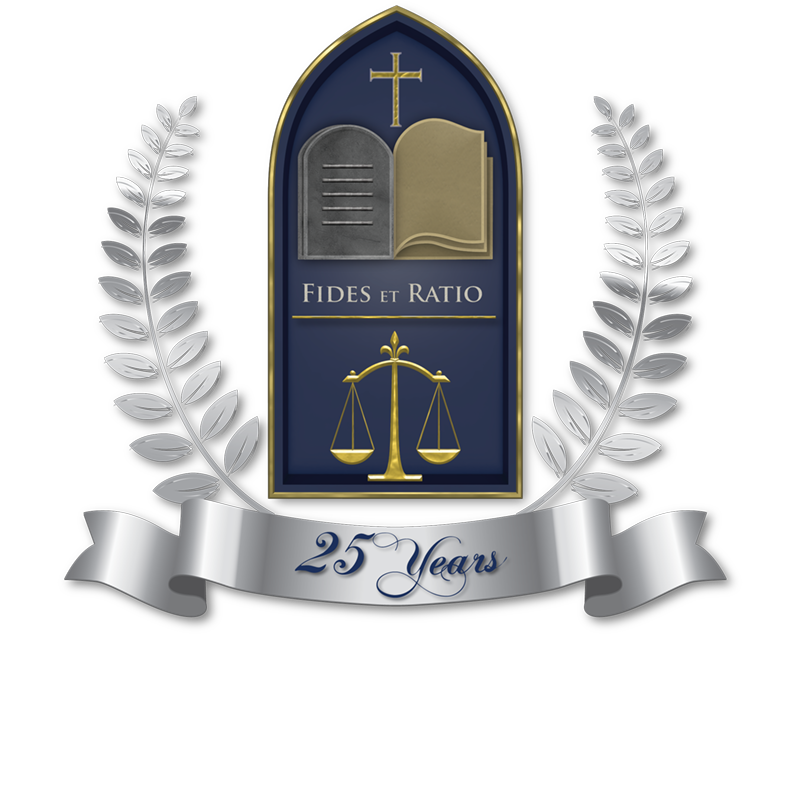MO Money MO Problems: A NCAA Competitive Advantage Created by State Legislators

By Quinten Zak,
Smith Business Law Fellow
J.D. Candidate, Class of 2026
The National Collegiate Athletic Association (“NCAA”) has been flipped on its head since name, image, and likeness (“NIL”) was implemented. The NCAA has now allowed for student-athletes to get paid through collectives and other sources.1 With college athletes being paid through their NIL, some universities will gain a competitive advantage based on the state they are in. More specifically, NIL has opened the door for states like Missouri, Florida, and New Mexico to grant their universities a competitive recruiting advantage. Historically, recruitment has been based on factors like the university’s facilities, college town, coaches, and program’s impact on the athlete’s future.2 These are all still relevant, but since NIL has been implemented, there is now an additional factor – progressive state NIL rules and regulations.
The more progressive the state’s NIL laws and regulations, the more tools the university will have in recruiting student athletes. For example, in August 2023, Missouri passed a law allowing high school residents to earn NIL benefits after signing with a state school.3 These laws also prohibit the NCAA from investigating schools for NIL violations and penalizing athletes for receiving NIL compensation.4 States like Alabama, Illinois, and Mississippi are beginning to fall behind the competitive eight ball because their governors and officials have been slow to act on such legislation.5 All of a sudden, a competitive advantage gets created not by the school, but by the state’s governing officials’ willingness to push the NIL envelope. This competitive advantage is not just theory but is backed by recruiting statistics. Successful recruitment requires inducing young athletes to come to the university, and the best way to do that is with money.6 For example, the University of Missouri (“Mizzou”) has seen an influx of recruits ranking in the top twenty-five since the passing of Missouri’s new NIL laws in 2023.7 More and more of Missouri’s in-state athletes have been deciding to stay local and play sports at Mizzou because of these progressive NIL laws, which allow athletes as young as seventeen to start receiving NIL benefits, even while still in high school.8
The same theory applies to the least progressive NIL states. For example, Utah has dropped about fourteen spots in the recruitment rankings since the enactment of NIL9 due to its non-progressive NIL laws. Although the universities in the least progressive states like Wisconsin, Utah, and Indiana are still getting ready for NIL deals, they continue to fall behind because of their state’s NIL legislation.10 Wisconsin tried a different approach and introduced a joint resolution that asked the NCAA to address such competitive advantages, but the NCAA was not interested in student-athletes in Wisconsin.11 Therefore, without proper legislation, Wisconsin dropped to 57 in the football recruitment rankings.12
These statistics show a clear advantage for universities located in more progressive NIL states. Such laws allow universities to build and expand upon NIL. Schools like Alabama not only use the state’s NIL laws to pay athletes, but also to develop buildings and faculty that help promote its college athletes’ brands and NIL-based merchandise.13 These NIL-based changes have allowed universities like Alabama, Missouri, and Florida to attract higher caliber athletes, which generates a competitive advantage for those schools.14
The NIL laws and legislation are relatively new and are still evolving. Yet even early on, one can see the competitive advantages that universities in progressive NIL states are gaining. Progressive NIL states will continue to dominate the recruitment scene, especially if non-progressive state legislators continue to fall behind. In this way, the legal landscape surrounding NIL is shaping the competitiveness of college sports teams because it affects their recruiting. The NCAA is expected to respond to this differing legislation with a skeletal framework,15 but for now, those schools located in progressive states will continue to gain a recruiting advantage.
- Becky Sullivan, What we know and what we don’t about a historic statement to pay college athletes, NPR, (May 24, 2024), https://www.npr.org/2024/05/24/nx-s1-4978680/house-ncaa-settlement-pay-college-athletes#:~:text=On%20Thursday%2C%20the%20NCAA%20and,and%20universities%20they%20play%20for.
- Bill Carter, The impact of NIL on College recruiting and why Alabama’s new Advantage Center Is a case study, SPORTS BUSINESS JOURNAL, (Feb. 21, 2023), https://www.sportsbusinessjournal.com/SB-Blogs/OpEds/2023/02/21-Carter.aspx.
- Mo. Rev. Stat. §178.280.
- Sullivan, supra note 1.
- Drew Butler, Comparing State NIL Laws and Proposed Legislation, ICON SOURCE, https://iconsource.com/blog/nil-laws-comparison/#:~:text=New%20Mexico%20earned%20the%20NCPA’s,at%20a%20score%20of%2043%25.
- Dennis Dodd, Missouri state laws, university’s progressive NIL approach give Mizzou advantage amid evolving landscape, CBS SPORTS, (May, 2, 2024) https://www.cbssports.com/college-football/news/missouri-state-law-universitys-progressive-nil-approach-gives-mizzou-advantage-amid-evolving-landscape/#:~:text=Last%20week%2C%20consulting%20firm%20Husch,athletes%20to%20stay%20in%2Dstate.
- Recruiting Team Rankings, RIVALS, (Oct, 8 2024) https://n.rivals.com/team_rankings/2022/all-teams/football/recruiting (Click on 2024, then click on years from 2021 through 2025).
- Dodd, supra note 6.
- RIVALS, supra note 7.
- Daniel Libit, Eleven States Have Still Done NIL on Name, Image, and Likeness, SPORTICO, (Mar. 25, 2021) https://www.sportico.com/leagues/college-sports/2021/college-sports-nil-reform-1234625647/
- Libit, supra note 1
- Recruiting Team Rankings, RIVALS, (Oct, 8 2024) https://n.rivals.com/team_rankings/2022/all-teams/football/recruiting (Click on 2024, then click on years from 2021 through 2025).
- Sullivan, supra note 1.
- Sullivan, supra note 1.
- See generally House v. NCAA, 545 F. Supp. 3d 804 (N.D. Cal. 2021).




